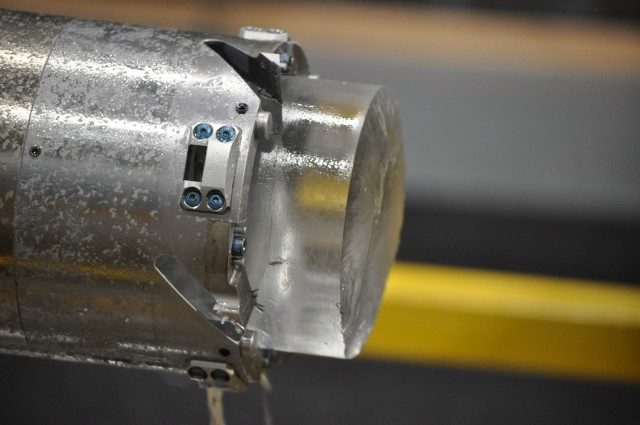As Earth left the last ice age, CO2 rose in fits and starts
Ars Technica » Scientific Method 2014-11-04

Selecting what kind of record to use when studying Earth’s climate history is a bit like selecting a camera lens from your bag. The choice depends on what you want to see, and your options are limited to what's in the bag. Some climate records are long but low-resolution—a wide-angle lens that shows you the big picture. Other records are short but high-resolution—a telephoto lens that lets you get a good look at that duck over there.
Ice cores have told us a lot about the glacial cycles the Earth has recently been through. Cores of Antarctic ice go back far enough to cover a number of roughly 100,000 year cycles. Greenland ice cores can only stretch back about as far as the previous interglacial warm period, but they show greater detail over short time periods because more snow falls there each year. However, wind-blown dust in Greenland’s ice compromises the tiny samples of atmospheric carbon dioxide locked in bubbles within the ice, making Antarctica the preferred source of information on CO2.
That’s fine for the big picture, but what if we want to learn more about precisely how CO2 changed during the transitions between glacial and interglacial cycles? To study these subtle shifts in Earth’s carbon cycle, you need to zoom in to shorter chunks of time than most Antarctic ice cores can provide.
Read 8 remaining paragraphs | Comments